Unlocking the Secrets of Humic Acid Fertilizers: A Comprehensive Testing Guide
Overview of Humic Acid Fertilizer Testing
Humic acid fertilizers have gained significant attention for their ability to improve soil fertility and boost plant growth. To ensure their quality and efficacy, **scientific testing** plays a crucial role. This article delves into the comprehensive process of testing humic acid fertilizers, offering insights into the samples, parameters, instruments, methods, and essential aspects for accurate evaluation.
Samples Required for Humic Acid Fertilizer Testing
The first step in testing is obtaining representative **samples of humic acid fertilizers**. Samples should be collected systematically to ensure they represent the batch or product accurately. Both granular and liquid formulations are commonly tested, and sample sizes typically range from **200g to 500g** for solids or **200mL to 500mL** for liquids. Proper storage in sealed, contamination-free containers is critical to maintain the integrity of the samples during transportation and analysis.
Key Parameters for Testing Humic Acid Fertilizers
Testing focuses on evaluating several critical parameters:
- **Humic Acid Content**: The concentration of humic substances determines the product's effectiveness.
- **pH Level**: Analyzing the pH ensures compatibility with different soil types.
- **Nutrient Content**: Levels of macro and micronutrients like nitrogen, phosphorus, and potassium are assessed.
- **Heavy Metal Content**: Detecting trace metals like cadmium, lead, and arsenic ensures compliance with safety standards.
- **Moisture Content**: Essential for storage and application stability.
Instruments Used for Humic Acid Fertilizer Testing
Advanced instruments ensure precision in testing humic acid fertilizers. Commonly used equipment includes:
- **Spectrophotometers**: For determining humic acid concentration.
- **pH Meters**: For precise pH measurements.
- **Atomic Absorption Spectrometers (AAS)**: To detect heavy metal traces.
- **Moisture Analyzers**: For accurate moisture level assessments.
- **Ion Chromatographs**: For nutrient profiling.
Methods for Testing Humic Acid Fertilizers
The testing process involves **scientifically validated methods**, including:
- **Extraction and Quantification**: Using alkali extraction methods to isolate humic substances, followed by spectrophotometric analysis.
- **Nutrient Profiling**: Determining nutrient content through chemical digestion and chromatography techniques.
- **Heavy Metal Detection**: Employing AAS to measure permissible levels of heavy metals.
- **Moisture Analysis**: Conducted via gravimetric or Karl Fischer titration methods.
- **pH Testing**: Using standard pH electrodes for consistent and reliable readings.
Conclusion
Testing humic acid fertilizers is an essential step to ensure their **efficacy and safety**. From selecting representative samples to employing advanced instruments and validated methods, each stage plays a vital role in guaranteeing product quality. By adhering to these comprehensive guidelines, producers and consumers can trust the benefits of humic acid fertilizers in achieving sustainable agricultural practices.

检测资质(部分)
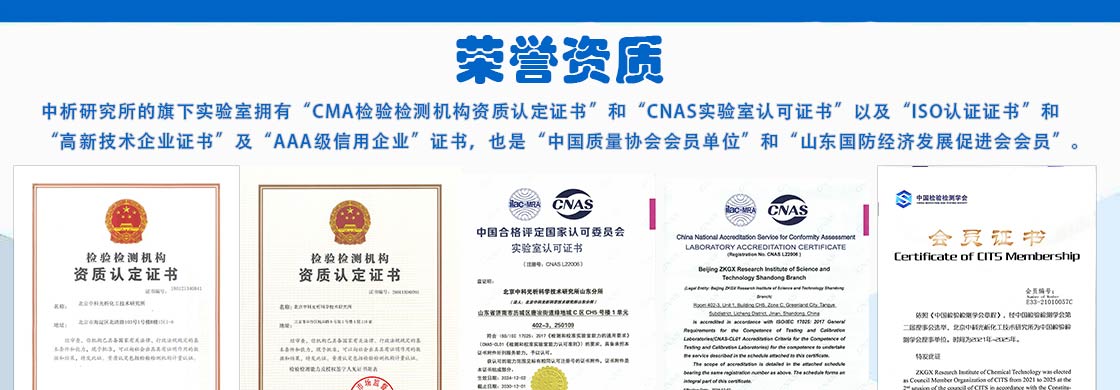
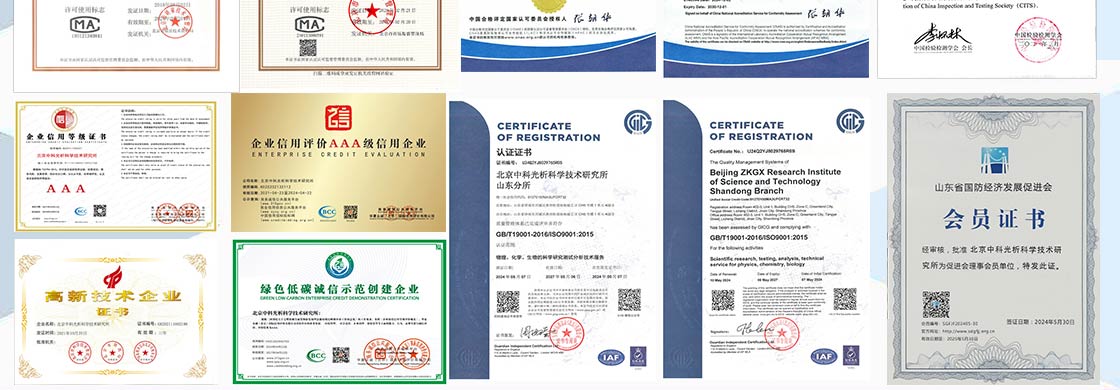

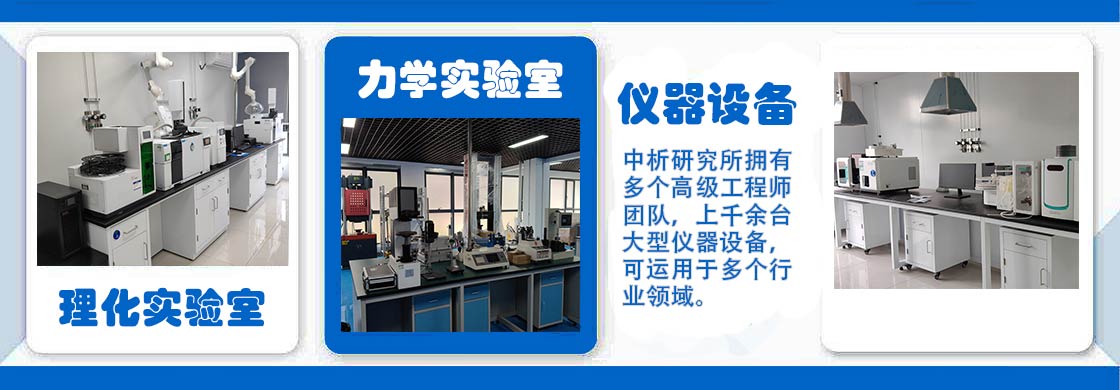
检测实验室(部分)



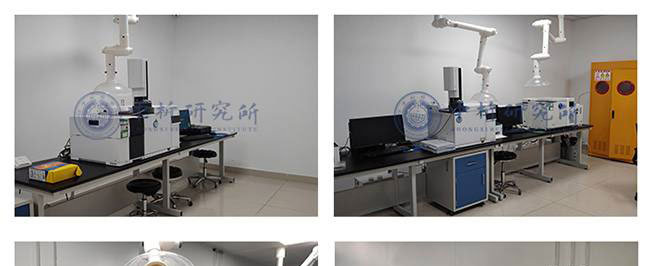
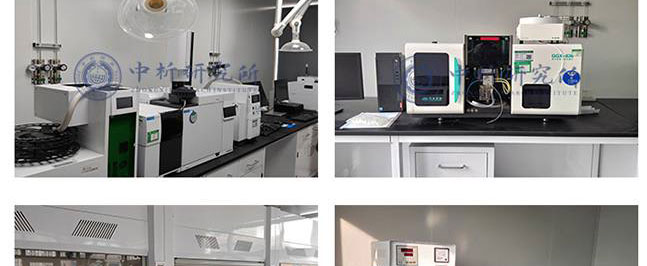
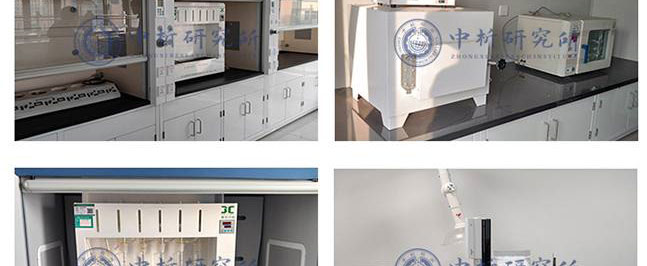
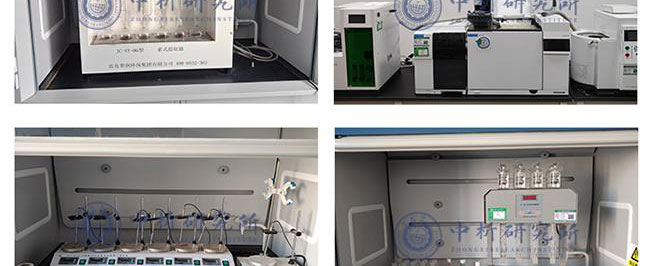
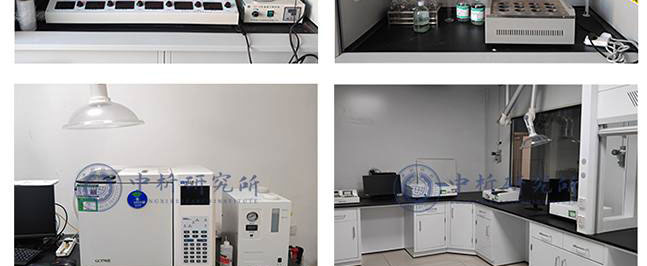
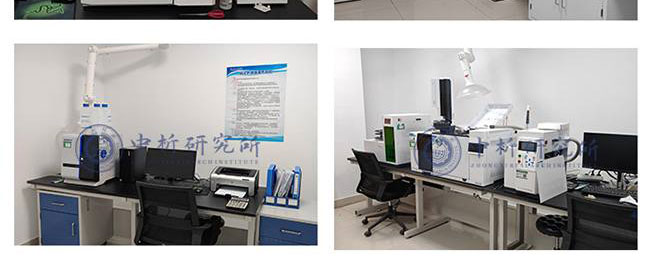
合作客户(部分)





检测报告作用
1、可以帮助生产商识别产品的潜在问题或缺陷,并及时改进生产工艺,保障产品的品质和安全性。
2、可以为生产商提供科学的数据,证明其产品符合国际、国家和地区相关标准和规定,从而增强产品的市场竞争力。
3、可以评估产品的质量和安全性,确保产品能够达到预期效果,同时减少潜在的健康和安全风险。
4、可以帮助生产商构建品牌形象,提高品牌信誉度,并促进产品的销售和市场推广。
5、可以确定性能和特性以及元素,例如力学性能、化学性质、物理性能、热学性能等,从而为产品设计、制造和使用提供参考。
6、可以评估产品是否含有有毒有害成分,以及是否符合环保要求,从而保障产品的安全性。
检测流程
1、中析研究所接受客户委托,为客户提供检测服务
2、客户可选择寄送样品或由我们的工程师进行采样,以确保样品的准确性和可靠性。
3、我们的工程师会对样品进行初步评估,并提供报价,以便客户了解检测成本。
4、双方将就检测项目进行详细沟通,并签署保密协议,以保证客户信息的保密性。在此基础上,我们将进行测试试验.
5、在检测过程中,我们将与客户进行密切沟通,以便随时调整测试方案,确保测试进度。
6、试验测试通常在7-15个工作日内完成,具体时间根据样品的类型和数量而定。
7、出具检测样品报告,以便客户了解测试结果和检测数据,为客户提供有力的支持和帮助。
以上为Unlocking the Secrets of Humic Acid Fertilizers: A Comprehensive Testing Guide的检测内容,如需更多内容以及服务请联系在线工程师。





